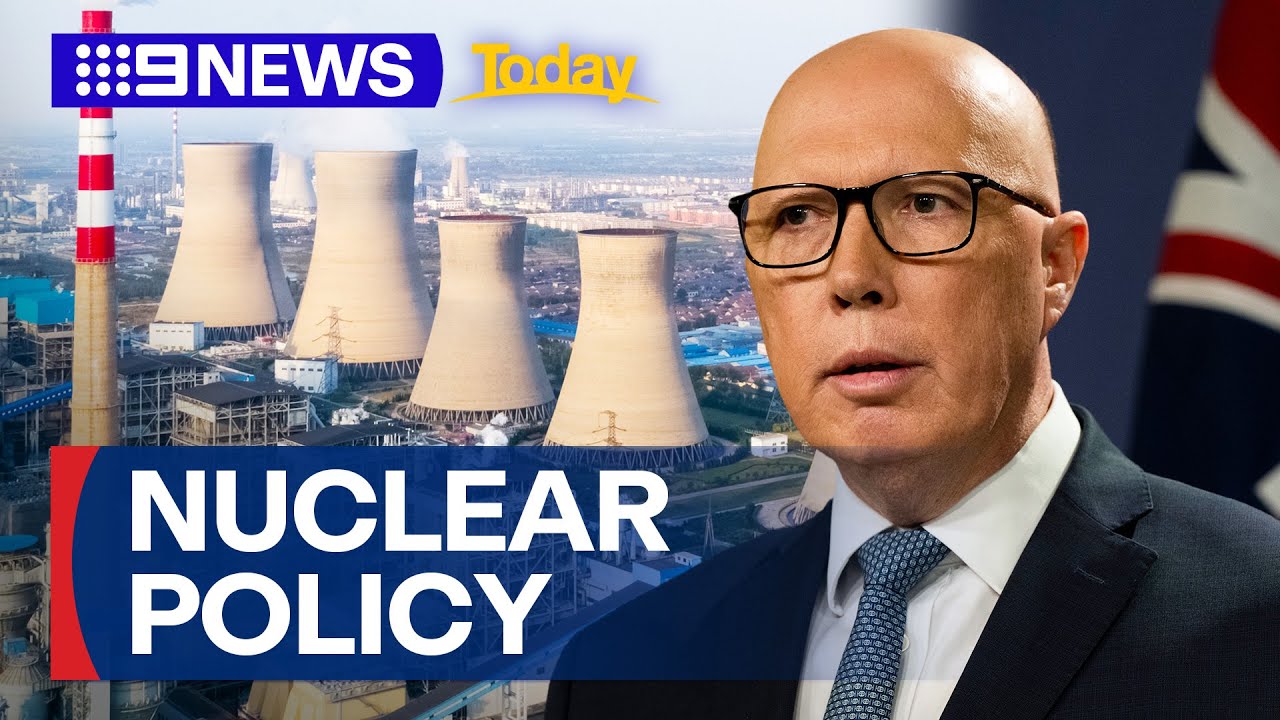The press conference is currently still live so this was the best short video I could find on the topic.
To begin, I’m absolutely against this proposal, but I want to see a discussion - hopefully a constructive one - between Aussies (comments are always turned off for Australian news on YT) to gauge some idea of how people generally feel about the idea.
Fire off.



Unfortunately it doesn’t work like that. Energy is bid into the market at the spot price. Because the marginal cost of producing energy from renewables is so cheap, this will displace energy from all other sources when the sun is shining and the wind is blowing. This is what’s already happening with the coal generators today.
By the time any nuclear gets built, there will be so much solar in the system that nuclear will have to be forcibly shut off at least 40% of the time or operate at a loss. This capacity factor is then on par with wind, so you may as well just build more of that - it’s way cheaper.
The concept of baseload power is dead and has been dead for a while. What we need is more dispatch-able generation and storage.
Right so what happens when there’s no sun for a week or two
This is explicitly addressed in AEMO’s Integrated System Plan but the tl;dr is that in a national grid with geographically diverse renewable generation and a little more transmission, the chances of there being a weather-related shortfall are exceedingly rare.
For these cases we have pumped hydro being built, and we can still fall back to gas peaking plants for whatever unmet demand is left.
Yes, gas is not carbon free, and it will be expensive to run in these cases, but it won’t run often, it is already built and will allow us to operate at well above 80% renewables until we can built enough long term storage to make it redundant. This meets our international abatement obligations, and more importantly reduces the area under the emissions curve, which is all that really matters tbh.
Just need to be prepared for events like krakatoa erputing that darkened the sky globally for years in the late 1800s